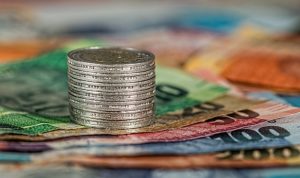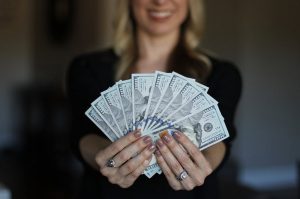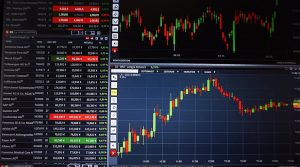Introduction to FOREX trading?

Forex trading is the same as foreign exchange (currency) trading, and it can involve both the direct trading of one currency for another (spot trading) and the trading in derivatives based on currency pairs. Forex trading is also known as FX trading.
The FX market is huge and decentralised, and it is possible even for a small-scale hobby trader to sign up with a trading site that offers forex trading around the clock.
How large is the FX market?
For the month of april 2019, the FX trade with currencies and currency derivatives amounted to the eqvivalent of roughly 6.6 trillion USD on average per day.
FX Swaps dominated the trade, accounting for about 3.2 trillions out of the total 6.6 trillions. Traditional FX Spot trading came in second, with 2 trillions in transactions on average per day. Outright forwards represented 1 trillion, options and other products 294 billions, and currency swaps 108 billions.
Source: The Trienneial Central Bank Survey of Foreign Exchange and OTC Derivatives Markets Activity
Which are the most traded currencies?
The most heavily traded currencies are USD, EUR, GBP and JPY. Out of these four, the USD is far more traded than the rest.
Examples of other notable currencies in the global FX trade are the Canadian dollar, the Australian dollar, the New Zealand dollar, and the Swiss franc.
Costs associated with retail FX trading
If you want to be a small-scale hobby FX trader there are many different trading sites and platform for you to chose among online. Before you pick one, it is a good idea to evaluate several and make an informed decision based on your specific preferences and trading strategies. Terms & Conditions that are great for one trader can be horrible for another, since they employ different trading strategies.
If you are planning to make a multitude of micro or nano trades, don’t sign up with a platform that will charge you a big flat fee per trade. Such a deal can be great for trader doing a few big trades per month, but will wreck havoc with the bankroll of a daytrader or scalper.
Some trading sites charge no fee for your trades – they make money on the spread instead. The spread is the difference between purchase price and sales price for currencies traded on the platform. While such a deal can sound tempting, you should check out the size of the average spread for the currency pairs you are most interested in, because a huge spread can be detrimental to your profit margin.
Leveraged FX trades
If you use leverage in your FX trades, you are using a credit to buy currency. This means that you can end up losing more money than what you have in your trading account. Using leverage is risky and should only be attempted if you can actually afford to lose the whole amount.
Many trading sites offer enormous leverage, where someone with $100 in their account can make trades worth $10,000 or even more. Recently, the European Union has enacted special legislazion in an effort to curb these practises and safeguard small-scale hobby traders from going deep into debt.
This article was last updated on: November 3, 2019







